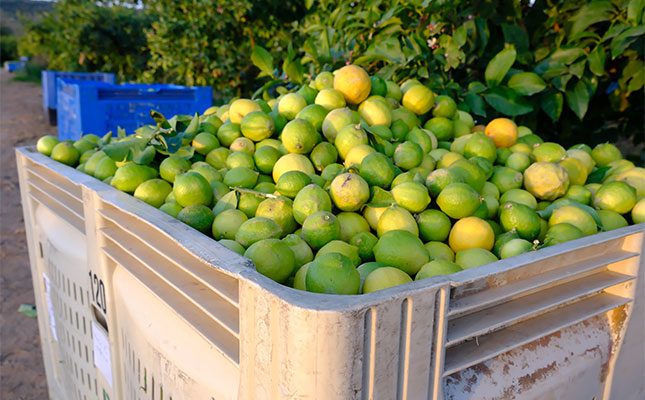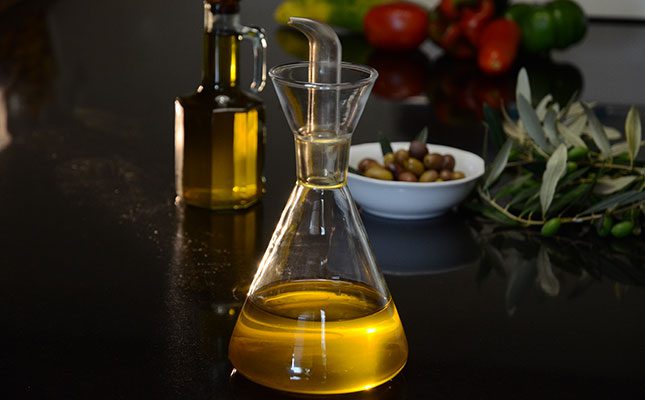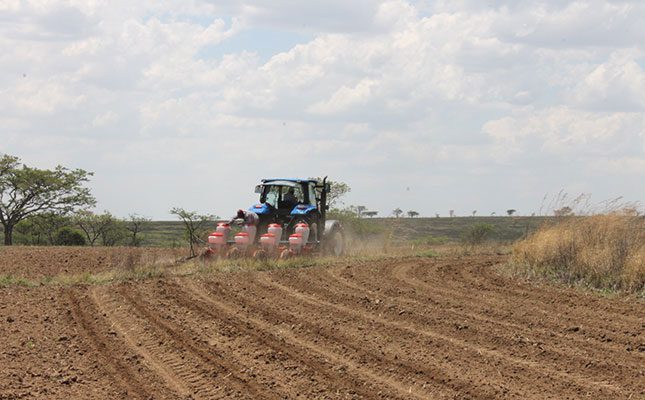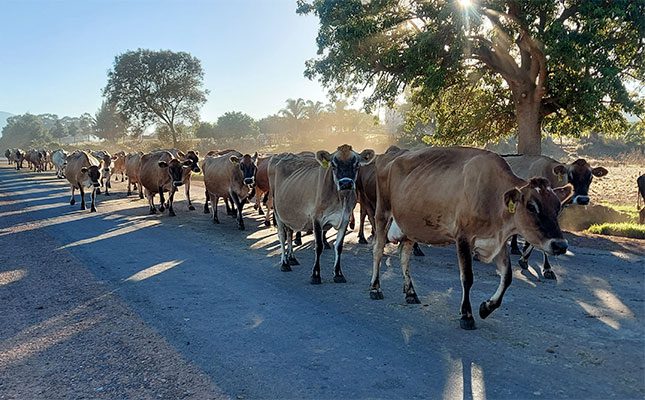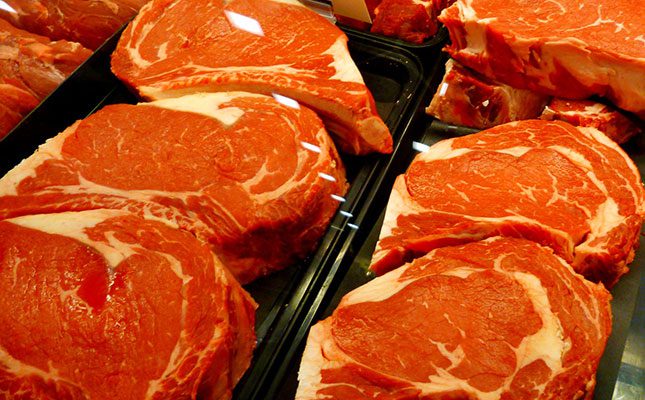
Photo: Flickr | Rusty Clark
According to the latest Statistics South Africa (Stats SA) data, the consumer price index (CPI) rose to 3% in June, up from 2,8% in April and May, largely due to a 0,3% month-on-month (m/m) increase driven by food price hikes.
The annual rate for food and non-alcoholic beverages surged to 5.1% in June, the highest recorded in 15 months, marking a 0,3 percentage point increase from May.
“Meat was the biggest driver of food inflation after surging to a 25-month high of 6,6% year-on-year [y/y] and up by 2,2% m/m in June 2025,” Paul Makube, senior agricultural economist at FNB, said in a statement.
Stats SA highlighted that beef prices continued their rapid rise, driven by steep annual and monthly increases in staples like stewing beef, mince, and steak. Stewing beef soared by 21,2% y/y, marking the sharpest increase since the inception of the current CPI series in 2017.
Makube explained that the dramatic surge in meat prices was reinforced by disease-induced supply disruptions.
“The foot-and-mouth disease [FMD] outbreak created a short supply crunch due to the inability to slaughter livestock, mainly cattle,” he noted.
In addition, a temporary ban on imports of poultry from Brazil, triggered by an outbreak of avian influenza, disrupted the supply of mechanically deboned meat (MDM), a key input in processed meats like polony.
“[South Africa] is a net importer of MDM due to a lack of domestic capacity,” Makube added.
While the import ban has since been partially lifted, which will ease medium-term pressure, the FMD outbreak persisted, with new cases reported in the Free State and ongoing flare-ups in KwaZulu-Natal.
However, there were signs of stabilisation, with slaughtering resuming at major feedlots like Karan Beef, leading to early signs of declining producer prices as of July, Makube said.
The Stats SA report also pointed to elevated prices in other unprocessed food items. Vegetables, fruits, and nuts posted double-digit y/y increases for the second consecutive month, with notable spikes in the cost of beetroot, lettuce, and carrots. Peanuts, however, were a rare relief item, registering slight declines.
A more complex picture was painted by the prices of dairy and grain products. Inflation of grains was reduced by lower prices for white rice and grains. Maize meal, a staple food, saw its smallest monthly increase since November 2024 at 0,4%.
Milk and egg prices were also lower than they were the previous year. The category of milk, other dairy products, and eggs saw a -0,5% y/y decline, entering deflationary territory. Despite this, the category recorded a 0,3% m/m increase, the highest since August 2024, driven largely by rising cheese prices.
According to Wandile Sihlobo, chief economist at Agbiz, the increase in food price inflation, while noteworthy, wasn’t alarming in the broader economic context.
He emphasised that the two key drivers, FMD and avian influenza had since eased, and that meat prices were expected to stabilise in the coming months as import bans lifted and slaughter rates improved.
“We are seeing some easing in red meat prices, which should be reflected in the inflation figures of the coming months,” he said.
Looking ahead, Sihlobo expected food price inflation to moderate, supported by ample domestic grain stocks, an expected decent fruit harvest, and a recovery in livestock supply. Additionally, elevated global oilseed prices, driven by demand for palm oil, were being partially cushioned by a healthy local sunflower seed crop.
Makube echoed this cautiously optimistic outlook, citing favourable macroeconomic conditions.
“Downside risks include a persistent rand appreciation, weak international crude oil prices, bulging global grain stock outlook, and potential recovery in livestock slaughter rates,” he said.

